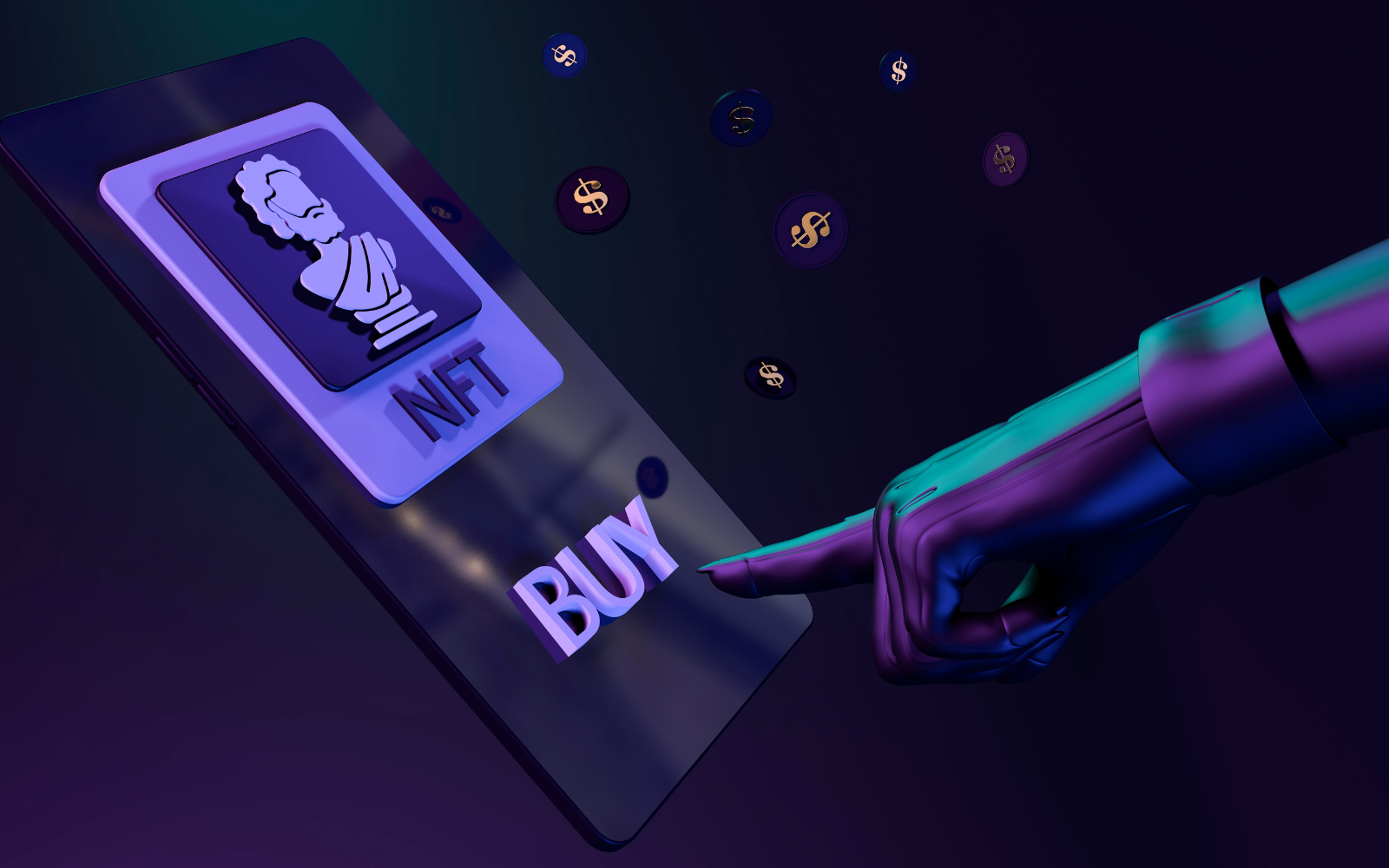The Promise of blockchain – Manila Bulletin

TECH4GOOD

Much has been said and written about how the use of blockchain technology is starting to make inroads today in all aspects of society such as business, education and government. From something that came out of a white paper written by someone whose true identity has never been confirmed or revealed to this day, the technology has definitely held a lot of promise and caused a lot of intrigue. Most likely caused by the controversies associated with its better-known derivative, bitcoin. However, many people, including this writer, believe that blockchain is the future.
We are starting to see many activities related to blockchain in the country today. Last week, DICT hosted its first Global Blockchain Summit in Balanga City, Bataan. I understand it was well attended with experts talking about the need to cultivate a Philippine blockchain ecosystem that will help drive the development of innovations using the technology. Another major blockchain event, the Philippine Blockchain Week happening in the last week of November, also promises to be a great platform to showcase exciting developments in blockchain usage. There will be talks related to Metaverse (a future Tech4GOOD topic), financial technology, blockchain-related startups, and non-fungible tokens or NFTs. We’re also starting to see local startups coming out with blockchain-based products meant to help improve the way we do things today.
Blockchain technology was developed to solve a fundamental problem hindering the use of cryptocurrency – double spending. Unlike paper money, cryptocurrency can be duplicated. The concept was introduced, in a 2008 paper, by a guy named Satoshi Nakamoto. However, many believe that the name is a pseudonym for a person or group that helped develop the first bitcoin software. Nakamoto solved the problem by creating a blockchain system for verification.
What is a blockchain? A blockchain is essentially a digital ledger of transactions that is duplicated and distributed across the network of peer-to-peer (no server) computer systems in the chain. The resulting decentralized database of transactions managed by multiple participants is what is now known as Distributed Ledger Technology (DLT). Each block in the chain contains multiple transactions with the same immutable cryptographic signature called a hash. Every time a new transaction occurs on the blockchain, a record of that transaction with a new hash is added to each participant’s ledger. The number of participants in a blockchain can run into the thousands, which makes cheating and hacking the system very difficult because every change will be seen and will have to be authenticated by a large number of participants. If hackers wanted to attempt to destroy a blockchain system, they would have to change every block in the chain. Also, every attempt to change the record will result in a new hash that will trigger an alarm throughout the network.
The Web 3.0 revolution will be enabled by a single piece of technology – blockchain. In this third iteration of the internet, end users will directly manage, own and control their data, and this data will be used and managed outside the control of web applications such as Facebook or a single company. They will only become consumers of the information. Data and information will be stored in a distributed blockchain and will be made available equally over the internet, and not controlled by any central entity. When data is sourced, referable and uncensored, it should result in a more authoritative and reliable internet.
We don’t have to wait for Web 3.0 to happen. Today we see many exciting applications of blockchain technology. Some authorities have used blockchain-based applications for the distribution of social assistance where transparency and traceability, and simplified ways to identify and verify eligible recipients are very important. In the pharmaceutical supply chain, digital trust infrastructure, supported by blockchain, enables participants to authenticate medicines and take more proactive actions to prevent shortages.
According to a recent World Economic Forum article, blockchain can help governments by increasing the fairness and efficiency of systems, improving the transparency and disclosure of procurement processes, and reducing opportunities for corruption. Many governments have begun using blockchain-based land and cadastral systems to protect the integrity of titles and streamline lengthy processes.
The impact caused by Satoshi Nakamoto or his group’s idea is beginning to revolutionize many aspects of modern life. Bitcoin may not be there in the future, but the blockchain technology that Nakamoto came up with to solve a cryptocurrency problem and the advances we are just starting to see today will likely be with us for a long time. According to a recent MIT paper, the real beauty of blockchain lies in the fact that it was created to manage digital scarcity and keep track of a process in a community of participants who may not know, trust or even interact with each other .
[email protected]
(The author is chief negotiator for the Alliance for Technology Innovators for the Nation (ATIN), vice president of the Analytics Association of the Philippines, and vice president of the UP System Information Technology Foundation.)
SIGN UP FOR THE DAILY NEWSLETTER
CLICK HERE TO SIGN UP

























